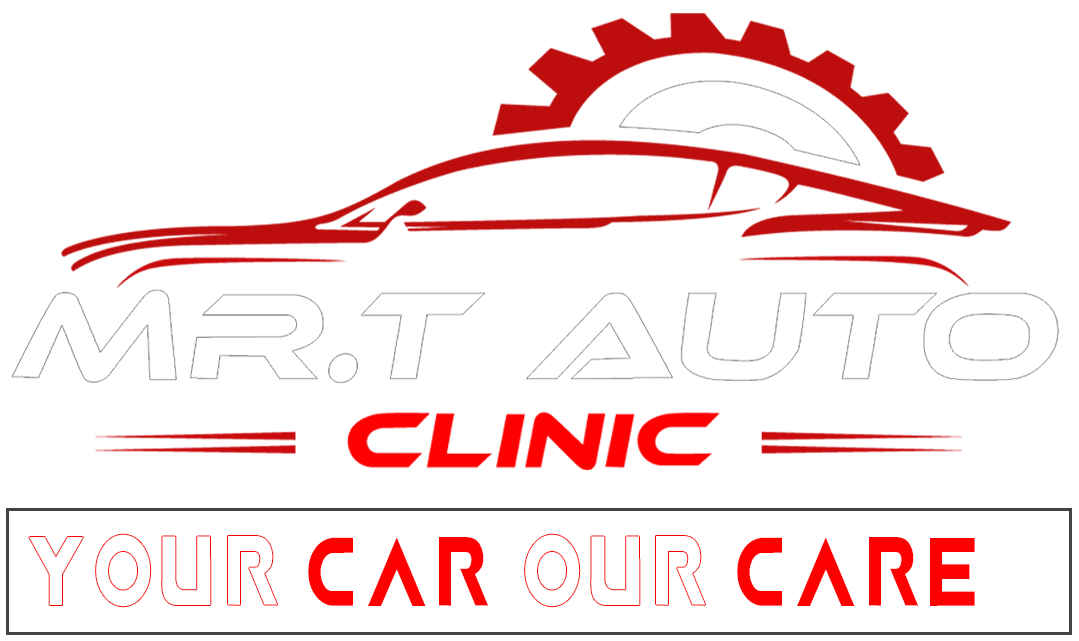When it comes to auto body repair, choosing the right method for fixing dents can feel overwhelming. Should you opt for paintless dent repair (PDR), which removes minor dents while preserving your car’s original paint? Or should you go with traditional methods, which involve fillers, sanding, and repainting?
Each method has its advantages, and the right choice depends on the severity of the damage, time constraints, and budget. Let’s break it down so you can make an informed decision!
What Is Paintless Dent Repair (PDR)?
PDR is a specialized technique where skilled technicians use advanced tools to gently massage and reshape the metal back to its original form—without the need for paint, fillers, or sanding.
When Is PDR Ideal?
PDR is best for:
✔ Hail damage
✔ Small dents and dings (like those from parking lot mishaps)
✔ Minor fender bender repairs where paint remains intact
Benefits of PDR
✅ Time-Efficient – Most PDR jobs are completed in just a few hours!
✅ Cost-Effective – Fewer materials and labor costs mean lower repair bills.
✅ Preserves Original Paint – No repainting needed, which maintains your car’s factory finish and resale value.
✅ Eco-Friendly – No harsh chemicals or excessive materials are used.
“If I can fix it without paint, I will – preserving that original finish is always a win!”
Limitations of PDR
❌ Not for Deep Scratches or Paint Damage – If the paint is cracked or chipped, PDR alone won’t be enough.
❌ Severe Collision Damage – If a dent is too deep or the metal is stretched, traditional repairs are necessary.
❌ Requires Specialized Technicians – Not every auto body shop has expert PDR specialists, so choose carefully.
Looking for expert PDR services? Visit MRT Auto Clinic’s Collision Center for professional dent removal!
The Traditional Route: When Is It Necessary?
While PDR is excellent for minor dents, traditional auto body repair methods are required for more severe damage, such as:
✔ Frame straightening after a collision
✔ Cracked or broken bumpers
✔ Deep scratches requiring repainting
✔ Rust repair or extensive panel damage
Benefits of Traditional Methods
✅ Handles Major Damage – Perfect for accidents involving structural repairs.
✅ Paint Restoration – If your vehicle’s paint is damaged, traditional methods provide an exact color match.
✅ Comprehensive Repairs – Covers everything from scratch removal to panel replacement.
“Sometimes you need a little TLC in the form of paint; it’s all about restoring your ride!”
Downsides of Traditional Methods
❌ Longer Repair Time – Depending on the damage, repairs could take days or weeks.
❌ Higher Costs – Materials, paint, and labor make traditional repairs more expensive than PDR.
❌ Potential Paint Matching Issues – While modern technology has improved, older or custom paint jobs may be difficult to match perfectly.
If your car needs collision repair, bumper replacement, or paint restoration, check out MRT Auto Clinic’s Auto Repair Services for expert craftsmanship.
PDR vs. Traditional Repairs: Which One Should You Choose?
Your decision depends on:
✔ Extent of Damage – If the dent is minor with no paint damage, PDR is the best option. If the dent is deep, traditional methods may be required.
✔ Budget Considerations – PDR is usually cheaper since it requires fewer materials.
✔ Time Constraints – Need a quick fix? PDR is faster than traditional methods.
✔ Insurance Claims – Some insurers prefer PDR for cost-effective repairs, while others may require traditional methods for major damage.
The Role of Insurance in Auto Body Repairs
Insurance policies vary when it comes to covering PDR versus traditional repairs. Here’s what you need to know:
✔ Many insurance companies prefer PDR when applicable because it’s cheaper than traditional repairs.
✔ If you file a claim, your provider may require estimates from approved auto body shops.
✔ Your deductible may impact your out-of-pocket costs, so compare repair estimates to ensure the best value.
To avoid insurance headaches, MRT Auto Clinic can assist with insurance claims and expert repairs.
“Insurance is like a safety net—it’s only useful if you know how to use it!”
Pros and Cons Recap: PDR vs. Traditional Methods
| Feature | Paintless Dent Repair (PDR) | Traditional Auto Body Repair |
|---|---|---|
| Best For | Minor dents, hail damage, parking lot dings | Deep dents, cracked bumpers, major scratches |
| Time Needed | Hours | Days to weeks |
| Cost | Lower | Higher (due to labor & materials) |
| Paint Preservation | Yes | No (may require repainting) |
| Eco-Friendly | Yes | No (paint & chemicals used) |
| Insurance Approval | Usually covered | Covered for major damage |
For expert recommendations, schedule an appointment with MRT Auto Clinic today!
Beyond Dent Repair: Other Essential Auto Body Services
At MRT Auto Clinic, we offer a full range of auto body and maintenance services, including:
🚗 Wheel Alignment – Ensure your car drives straight and avoids uneven tire wear.
🔧 ADAS Calibration – Fine-tune your Advanced Driver Assistance Systems for optimal safety.
🛠 General Auto Repairs – From engine work to brake services, we’ve got you covered.
“Your vehicle is an investment—protect it with professional care!”
Final Verdict: Which Method Wins?
🚀 Choose PDR if:
✔ You have minor dents without paint damage.
✔ You want a faster, cost-effective solution.
✔ You want to preserve your car’s original paint and value.
⚒ Choose Traditional Repairs if:
✔ Your car has significant dents, scratches, or collision damage.
✔ You need bumper repairs, panel replacements, or repainting.
✔ Your insurance prefers traditional repairs for reimbursement.
Whichever method you choose, MRT Auto Clinic is here to restore your car to pristine condition with top-tier workmanship and customer care.
📅 Ready to get started? Book an appointment today!
“No matter the damage, the goal is always the same—getting you back on the road looking as good as new!”

A great read! Each point is explained really well. Thanks for sharing this content.